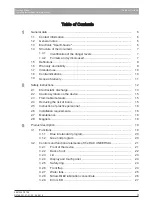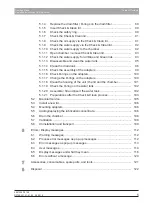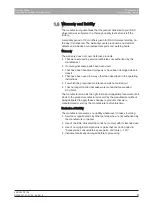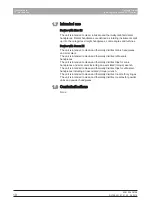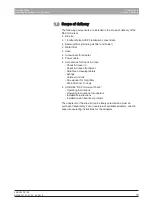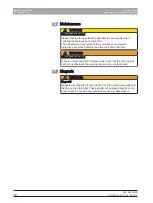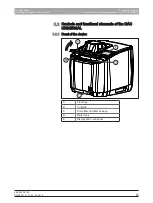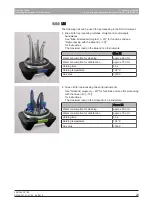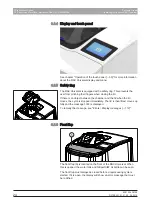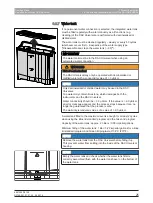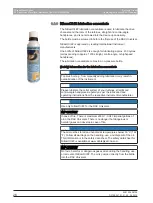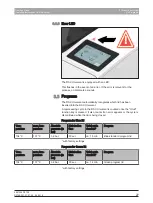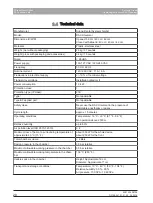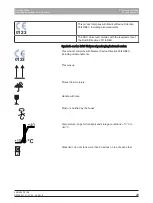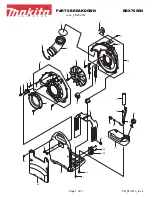
2 Safety instructions
2.1 Electrostatic discharge
Dentsply Sirona
Operating Instructions DAC Universal
14
6681006 D3708
D3708.201.01.01.02 04.2019
The transient currents resulting from these discharges have a
magnitude of over 10 amps. They are not hazardous for humans
because they last for only several nanoseconds.
Note: nanosecond = 1/1,000,000,000 second = 1 billionth of a second
Voltage differentials exceeding 30,000 volts per centimeter may lead to
a charge transfer (electrostatic discharge, lightning, spark-over).
Integrated circuits (logical circuits and microprocessors) are used in
order to implement a wide variety of functions in a device. The circuits
must be miniaturized to a very high degree in order to include as many
functions as possible on these chips. This leads to structure thicknesses
as low as a few ten thousandths of a millimeter. Integrated circuits that
are connected to wires leading externally are therefore particularly at
risk from electrostatic discharge.
Even voltages that are imperceptible to the user can cause spark-over
of the layers. The resulting discharge current melts the chip in the
affected areas. Damage to individual integrated circuits may cause
malfunction or failure of the unit.



